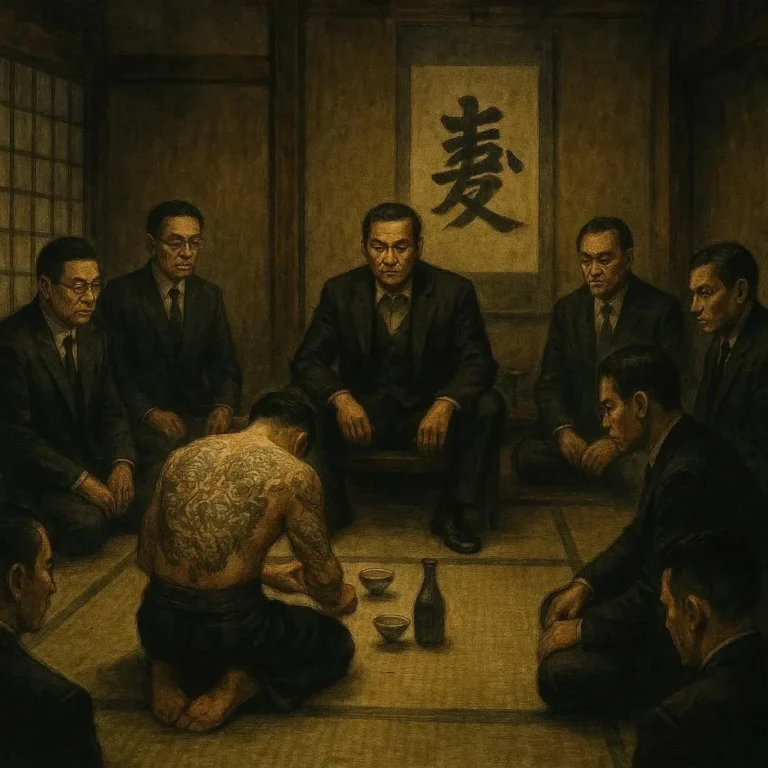507 views Lessons in Leadership from the Samurai Code
The samurai, famed for their swordsmanship and mystique, were also masters of an ancient leadership philosophy that has resonated far beyond Japan’s borders. Their code—known as Bushidō—was not merely a set of military tactics; it was a living framework for decision‑making, responsibility, and character. In today’s fast‑moving corporate landscape, where leaders wrestle with ethical dilemmas, uncertainty, and diverse teams, the timeless principles from the samurai mindset can serve as an invaluable compass.
“The soul of a leader is forged by discipline, humility, and an unbreakable sense of honor.”
Below, we distill six core lessons from the samurai ethos and translate them into actionable guidance for modern leaders.
1. Discipline: The Bedrock of Consistency
Samurai training began in childhood, with rigorous drills that inculcated muscle memory and mental focus. For leaders, discipline means more than mere routine; it’s a deliberate alignment of habits with strategic goals. A disciplined leader:
- Sets crystal‑clear objectives and rounds up resources to meet them.
- Allocates time for reflection, learning, and corrective action.
- Holds themselves and their teams accountable with transparent metrics.
Implement a daily leadership ritual: start each day with a 10‑minute review of mission priorities, followed by a 5‑minute pause to assess alignment. Over time, this simple practice will build consistency and reinforce a culture of reliability—an attribute that earns trust across stakeholder groups.
2. Honor & Integrity: The Moral North Star
At the heart of Bushidō lies giri—a profound sense of duty to family, guild, and society. Honor operates as the moral compass that keeps leaders grounded when short‑term gains threaten long‑term stability. In practice:
- Transparency: Communicate intentions, achievements, and setbacks openly.
- Ethical Decision‑Making: Choose paths that satisfy stakeholders ethically, even if they sacrifice immediate profits.
- Accountability: Own outcomes—both wins and failures—and use them as learning catalysts.
Leaders who navigate with integrity create a resilient brand identity. Employees feel respected, customers gain confidence, and investors recognize that sustainable success outweighs quarterly extremes.
3. Courage & Resilience: Facing the Unknown with Steel‑Like Resolve
Samurai were celebrated for tamu, the courage that allowed them to confront adversity. Modern leaders face uncertainty—from market fluctuations to disruptive technologies. Courage here is two‑fold:
- Strategic Risk‑Taking: Identify opportunities that align with vision but require bold moves.
- Emotional Fortitude: Remain composed under pressure and model calmness for followers.
A resilient leader accepts failure as a pivot point, not a verdict. When setbacks arise, the leader’s response—whether a transparent assessment or a renewed plan—sets the emotional rhythm for the entire organization.
4. Lifelong Learning: The Unending Quest for Mastery
Samurai mastery came from continual practice and study of haiku, chess, and the art of strategy. This humility-driven curiosity translates into modern leadership as continuous improvement.
- Skill Diversification: Encourage cross‑functional training to broaden perspective.
- Feedback Loops: Actively seek and respond to constructive criticism from peers and subordinates.
- Personal Development: Allocate budget for courses, coaching, or reading that align with both personal growth and organizational objectives.
Leaders who champion learning create an adaptive workforce ready to pivot when market conditions shift—mirroring the samurai’s ability to adjust tactics mid‑battle.
5. Leadership by Example: The Power of Modeling
The samurai’s ethos taught that true authority is earned through inaction as much as through command. Leaders can adopt this principle by:
- Walk‑The‑Talk: Demonstrate the values you preach in daily actions.
- Accessibility: Remain approachable; invite frontline insights.
- Recognition: Celebrate achievements publicly—individuals and teams—reinforcing a shared narrative of success.
When leaders embody the behaviors they expect, trust deepens, morale rises, and alignment with the mission becomes instinctive rather than forced.
6. Strategic Patience: Timing Over Haste
While samurai were warriors, they were also strategists who understood that victory often hinges on patience—waiting for the right moment to strike. In contemporary business, strategic patience advises:
- Investment in Foundations: Build robust systems before scaling.
- Timing Market Entry: Enter a market only after meticulous assessment of competitor positioning and customer readiness.
- Measured Decision‑Making: Resist the impulse to react impulsively; give teams time to consider alternatives.
Patience yields long‑term gains, protects resources, and preserves organizational integrity—critical factors in sustaining competitive advantage.
Putting It All Together
The samurai’s leadership template isn’t a rigid doctrine but a flexible mindset. By weaving discipline, honor, courage, learning, modeling, and patience into daily practice, leaders can nurture resilient cultures that thrive even amid volatility. The lessons encapsulated here transcend time: they remind us that the path to impactful leadership is paved with purposeful habits, ethical grounding, and an unwavering commitment to growth.
Takeaway: Adopt one samurai principle each quarter—start with discipline, move through honor, courage, learning, modeling, and finish with patience. Over the next year, watch how these foundations reinforce a high‑performance, values‑driven organization ready to meet future challenges with the same calm resolve as the legendary samurai.






